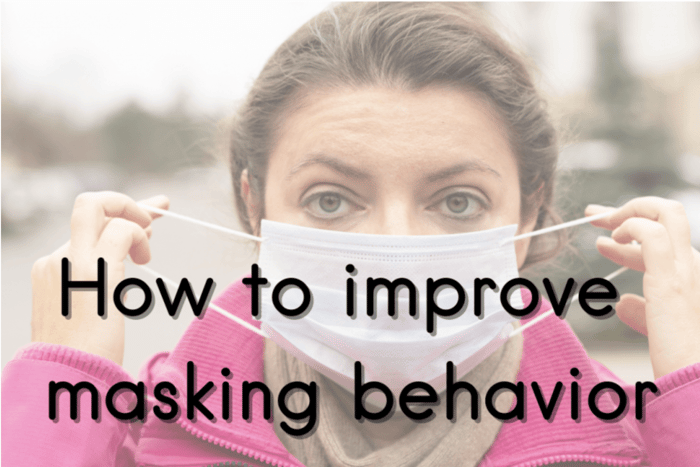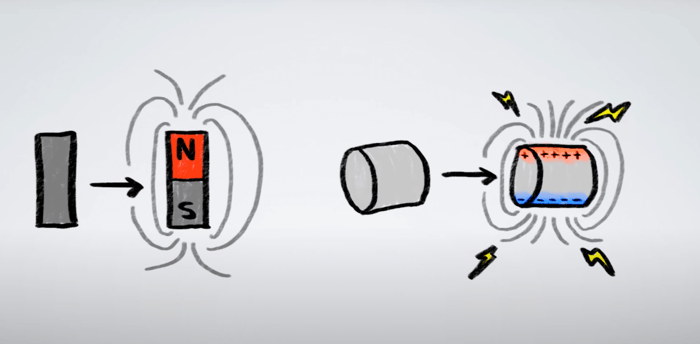How to improve masking behaviour by Noelle Tankard
MPhil Human Evolutionary Studies, University of Cambridge.
BA Archaeology & Anthropology, University of Bristol.
Tips for improving masking behavior, and understanding some potential barriers and solutions.
Mask Training
If you’re new to mask wearing, especially long-time duration mask wearing during strenuous physical activity, or getting used to a new mask:
- Be patient with yourself, take time to get used to your new mask
- Wearing a mask isn’t as simple as throwing it on.
- You need to get used to the sensation on your face of each new style, trust that while it may be uncomfortable at first you will acclimate. Over time the sensory issues will diminish as your brain turns off the sensory input, just like you get used to wearing a watch or a tight collar.
- Practice wearing your mask in low-risk settings before work
- Cook dinner/take out the trash/go for a hike in your mask to get used to how the new mask feels and ensure you can achieve your full range of motion and go about activities while wearing it
- Sing along to the radio in your car in your mask to ensure the fit is comfortable for speaking and adjust as necessary while still alone and safe
- Build a positive relationship with your mask
- We’re wearing masks because we have to protect ourselves and others when entering high-risk locations. This is even more important for essential workers who are in high-stress situations during the course of their work day and are likely experiencing harassment. The mask and the stress are paired together. We need to break that association.
- Engage in pleasurable activities in the mask: play a board game with friends, do an art project in your room, spend time with your family.
- Put it on before you arrive: when the mask and entering the high-risk high-stress location are paired, you’re more likely to have a panic attack or anxiety related breathing issues as the sensation of the mask and the frightening situation hit you at the same time. Break this pairing..
- Put your mask on with intention & care
- You need to take the time necessary to get the mask on properly before entering any shared common spaces. Do not wait until you are just outside the door of a business.
- Recognize how to ensure your mask is properly fitted.
- Commit to one style of mask
- Find a model, cut, and size of mask that fits you well. Get multiple identical masks.
- Switching back and forth between different styles of masks every day makes it harder for your brain to turn off the sensory input, and therefore, harder for you to adjust to wearing it. It’s the equivalent of wearing sandals one day and high heels the next while learning to walk.





